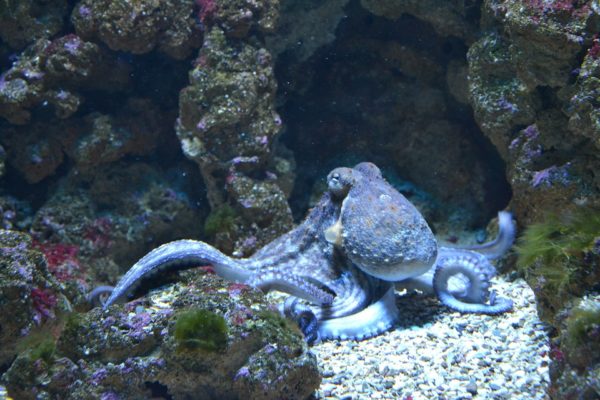When octopuses snooze on the seafloor, their skin sometimes pulses with an array of colors, and at other times, they become pale and plain. These alternating patterns mark two distinct stages of the octopus sleep cycle, a small study suggests.
During “active sleep,” when an octopus’s skin ripples with dazzling colors, the cephalopod may experience something similar to our rapid-eye movement (REM) sleep, the authors wrote in the study, published March 25 in the journal iScience. Humans do most of their dreaming during REM sleep, but for now, we don’t know if cephalopods also drift off to dreamland — or what they’d dream about, if they did.
“This whole speculation about dreaming, we must take it with caution,” said senior author Sidarta Ribeiro, a neuroscientist at the Brain Institute of the Federal University of Rio Grande do Norte, Brazil. He noted that the octopus’s episodes of active sleep occur in brief bursts, lasting from a few dozen seconds to just over a minute.



